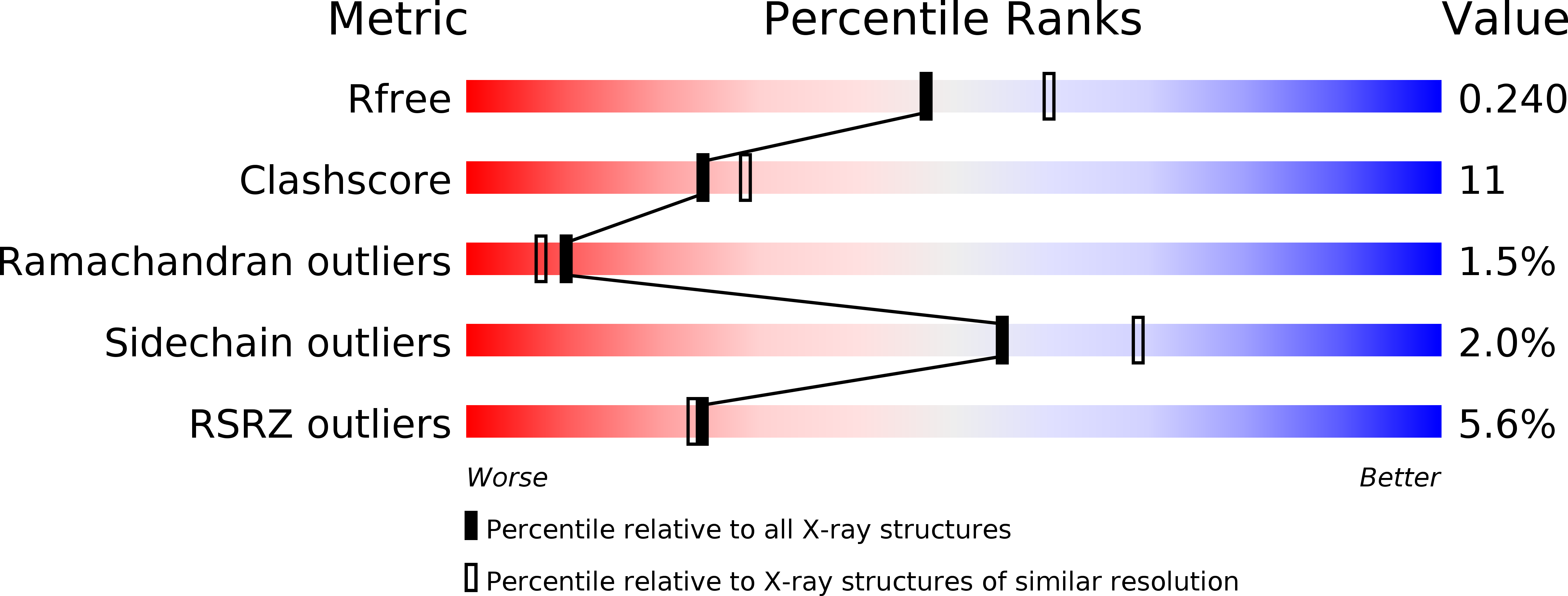
Deposition Date
2000-12-18
Release Date
2002-01-16
Last Version Date
2024-10-30
Entry Detail
PDB ID:
1HQL
Keywords:
Title:
The xenograft antigen in complex with the B4 isolectin of Griffonia simplicifolia lectin-1
Biological Source:
Source Organism:
Griffonia simplicifolia (Taxon ID: 3850)
Method Details:
Experimental Method:
Resolution:
2.20 Å
R-Value Free:
0.25
R-Value Work:
0.23
Space Group:
P 21 21 2


